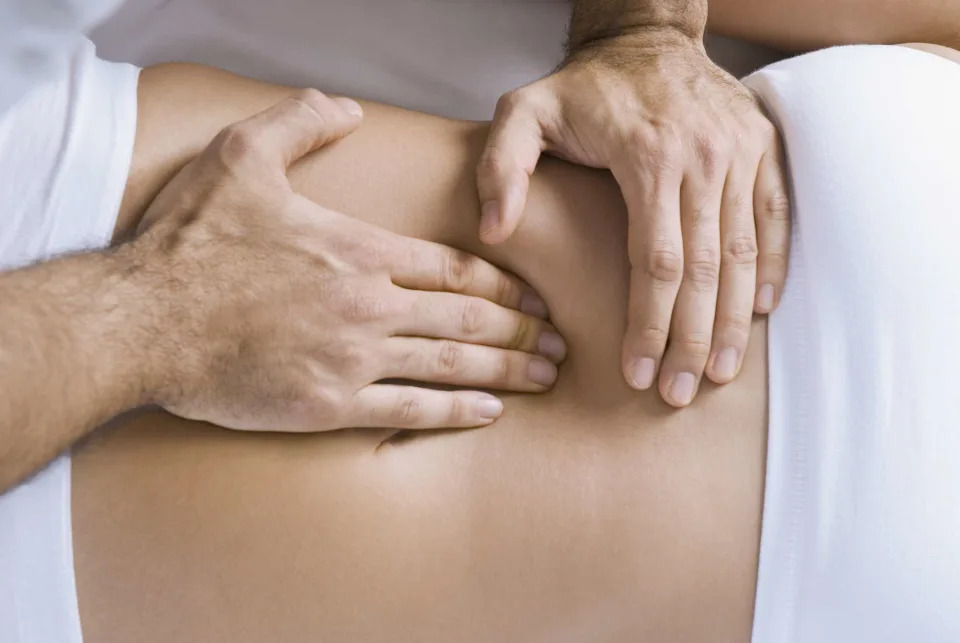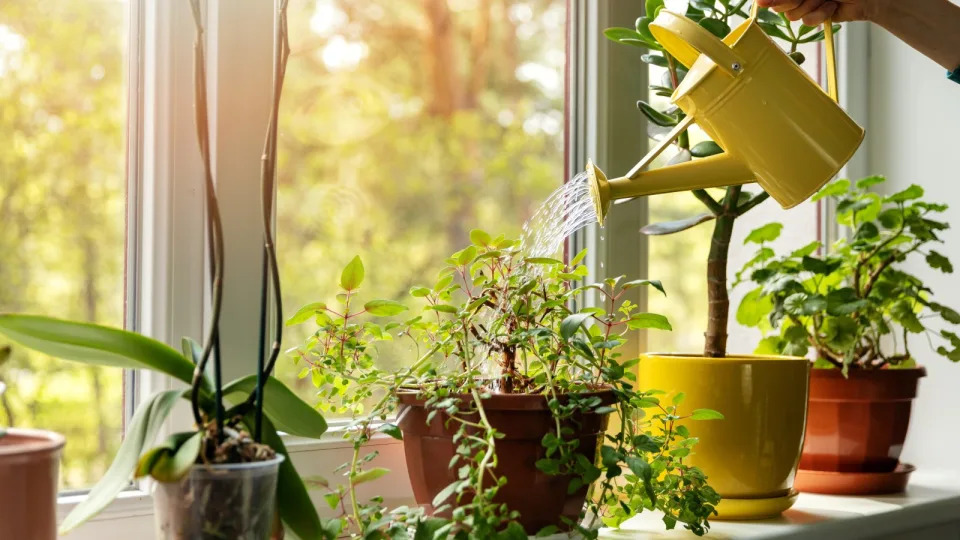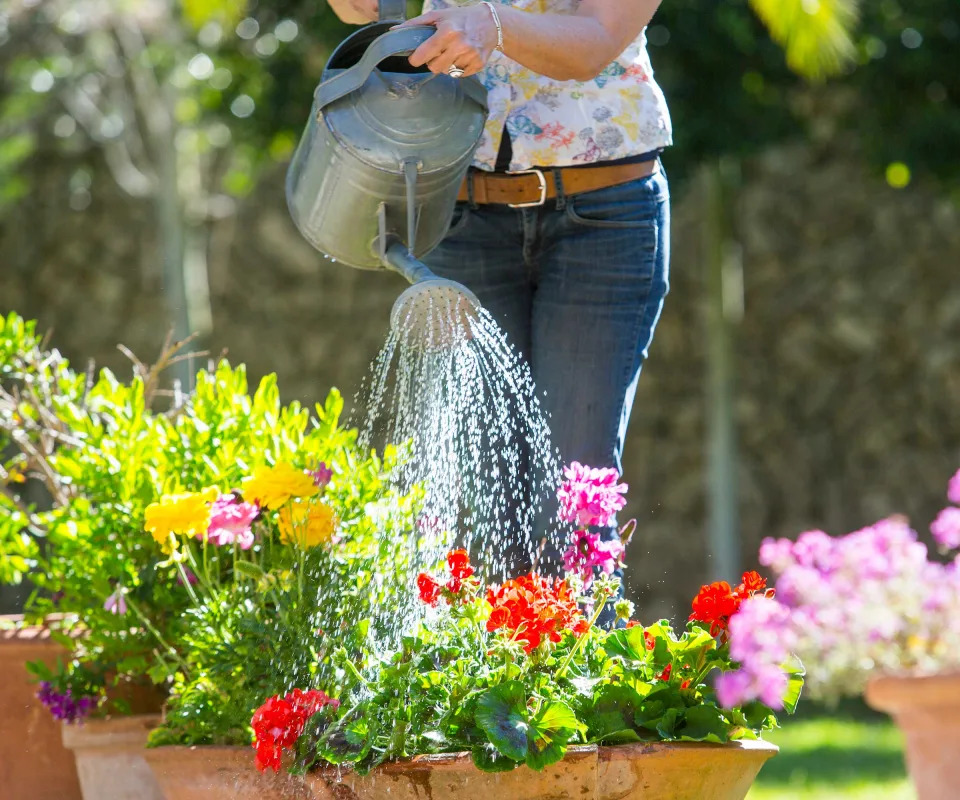Verywell Health
How Is Degenerative Disc Disease Treated?
Patty Weasler, RN, BSN – July 10, 2023

Medically reviewed by Cara Beth Lee, MD
Degenerative disc disease treatment aims to minimize symptoms and prevent further disc degeneration. Damage to the disc cannot be reversed. The right treatment option may depend on the extent of deterioration.
Degenerative disc disease is caused by the wear of the shock-absorbing discs (intervertebral discs) between the spinal vertebrae. It can occur in any area of the spine. The symptoms of degenerative disc disease include back pain (especially when sitting), numbness and tingling in the hands or feet, and weakness in the legs.
This article will cover the different treatment options for degenerative disc disease, including conservative treatment and surgery.
Medication
Medication can minimize pain and inflammation in people with degenerative disc disease. It will not stop the progression of the condition, but decrease its symptoms.
Nonsteroidal Anti-Inflammatory Drugs (NSAIDs)
NSAIDs are medications that decrease inflammation and pain. They can relieve the associated back pain and decrease inflammation in the joints in those with degenerative disc disease.
Aspirin and Advil or Motrin (ibuprofen) are common over-the-counter (OTC) NSAIDs. Prescription NSAIDs include Nalfon (fenoprofen), ketoprofen, and sulindac.
Potential side effects of NSAIDs include ringing in the ears, dizziness, gas, bloating, constipation, and nervousness. People who are on blood thinners, have poor kidney function, or are pregnant should talk to their healthcare provider before taking an NSAID.
Nonnarcotic Pain Relievers
Tylenol (acetaminophen) is a common OTC pain reliever. Prescription nonnarcotic pain relievers may also be recommended by a healthcare provider.
Narcotic Medications
Narcotic pain medications may be prescribed by a healthcare provider when pain is moderate to severe.
Narcotics like codeine and morphine work in the central nervous system (CNS) to numb pain. While narcotics are an effective pain medication, they do carry many side effects. These include:
- Constipation
- Nausea
- Vomiting
- Drowsiness
Constipation is a very common narcotic side effect. Talk to a healthcare provider about starting a stool softener or increasing dietary fiber.
Muscle Relaxants
If someone is having muscle spasms in their back then a muscle relaxant may be a good choice to help relieve pain and spasms. Common muscle relaxants include Soma (carisoprodol) and Flexeril (cyclobenzaprine).
Muscle relaxants should not be used long-term, but rather for just three to four days. There are serious side effects like depression and drowsiness.
Antidepressants
Antidepressants may be used to treat pain and poor sleep in people with degenerative disc disease. The chemical reactions in neurons that cause depression seem to be the same nerve pathways as pain.
Using an antidepressant may not be right for everyone, but can be helpful to regain a normal sleep routine due to back pain.
Physical Therapy
People with degenerative disc disease may benefit from physical therapy. The overall goal of physical therapy will be to decrease pain and improve muscle strength and flexibility. This will help the body support the spine and reduce pain and stiffness.
There are many different treatments used under the physical therapy umbrella. They may include:
- Transcutaneous electrical nerve stimulation (TENS): The electrical stimulation from a TENS unit interferes with or blocks pain signals and can work for back pain.
- Strength training: Strengthening the core can stabilize the spine and reduce back pain.
- Improving flexibility: This can improve spine mobility and range of motion. Stretching also decreases back spasms.
- Posture training: Poor posture contributes to back pain. A physical therapist can teach someone how to sit, stand, and move correctly.
Exercise
Regular exercise is an important component in maintaining spine health. Exercise strengthens back and abdominal muscles, which support the spine. A person with degenerative disc disease should talk to a healthcare provider before beginning an exercise routine. Ask if any motions (such as twisting) should be avoided.
Many types of exercise can be used, like weight training, aerobic exercise, and aquatic therapy, as follows:
- Weight training combines weights with exercise and helps to prevent bone loss and strengthen muscles.
- Aerobic exercise like walking, cycling, or running increases the heart rate and blood pressure while also releasing endorphins (the body’s natural pain relievers).
- Aquatic therapy, or exercise in a pool, is an effective and low-impact aerobic exercise that is beneficial to people with degenerative disc disease. The water decreases pressure on the spine allowing the person to get the benefits of a workout without all the physical stress.
Chiropractic Care
Chiropractic care uses adjustments to the spine to correct improper alignments, reduce pain, and improve the body’s ability to heal itself. There is limited research on the effectiveness and safety of chiropractic care for people with degenerative disc disease, so it should be discussed with a healthcare provider before use.
Acupuncture
Acupuncture is a traditional Chinese medicine practice in which thin needles are inserted into the skin in different areas of the body. An acupuncturist will place the needles along meridians (traditional energy pathways). Acupuncture may improve healing by increasing blood flow or relieve pain by releasing endorphins.
Heat or Cold Therapy
Heat and cold therapy is a common treatment used to alleviate pain in joints.
Cold therapy works by applying an ice pack or cold towel to the painful area for 20 minutes at a time. The cold will interrupt the pain signal, thereby reducing pain. It will also cause the surrounding blood vessels to tighten, which will reduce swelling.
Heat can be used with a warm towel or heating pad. The heat will soothe sore muscles and dilate the surrounding blood vessels, which improves blood flow to the area.
Spine Injections
A steroid spine injection can reduce back pain and inflammation caused by degenerative disc disease. The injections use a combination of steroid medication and numbing medicine. Pain relief usually starts soon after the injection and lasts a few weeks to months.
Healthcare providers may limit the number of steroid injections a person can receive in a year. Too many can cause an infection or skin discoloration. Steroid injections are typically used when other conservative treatments are not successful.
Bracing
Another nonsurgical option for degenerative disc disease is a back brace. A back brace is a medical device that is wrapped around the lower back and secured with Velcro. The brace does not completely immobilize the back but does reduce the ability to move. It can stabilize the spine and reduce tension in people with degenerative disc disease.
Surgery
When degenerative disc disease does not respond to conservative treatment, surgery may be necessary. Below are the different surgical options that can be used.
Disc Replacement
Disc replacement is used in place of a spinal fusion in people under 65 years of age who have a herniated disc in the neck. An artificial disc is placed where the damaged disc is removed. One of the greatest benefits is that it allows flexibility and stability in the spine.
People who have a disc replacement can usually go home after one night in the hospital and can walk within 24 hours. They may need to wear a brace for support during the first few weeks after surgery.
Discectomy
A discectomy is a common surgery used in the treatment of degenerative disc disease. During the procedure, the injured part of the disc is removed. This alleviates pressure on the surrounding nerves by making room in the spinal canal.
Spinal Fusion
A spinal fusion is when a surgeon permanently joins the vertebrae to eliminate movement and stabilize parts of the spine. Spinal fusion may be necessary when there is a severely degenerated disc. It is sometimes done in conjunction with a discectomy and is more often done on the neck than the lower back.
A spinal fusion requires an overnight stay at the hospital. The patient may need to wear a brace after surgery and will need to minimize activity until their surgeon clears them.
How to Prevent Degenerative Disc Disease From Getting Worse
While preventing degenerative disc disease may not be possible, there are several ways to decrease the rate of degeneration. Here are a few steps that can be taken:
- Stop smoking. Research shows that smoking increases the rate at which the intervertebral disc degenerates.
- Exercise. Regular exercise will strengthen the back and core muscles that support the spine.
- Maintain a healthy weight. People with elevated body mass index (BMI) have a higher likelihood of developing degenerative disc disease.
Summary
Degenerative disc disease is a progressive condition that results when the cushions in between the vertebrae wear down. There is no cure for the condition and treatment is aimed at reducing symptoms and preventing further degeneration. Current treatments include exercise, physical therapy, and in severe cases surgery. Talk to a healthcare provider to determine the best treatment route.

















